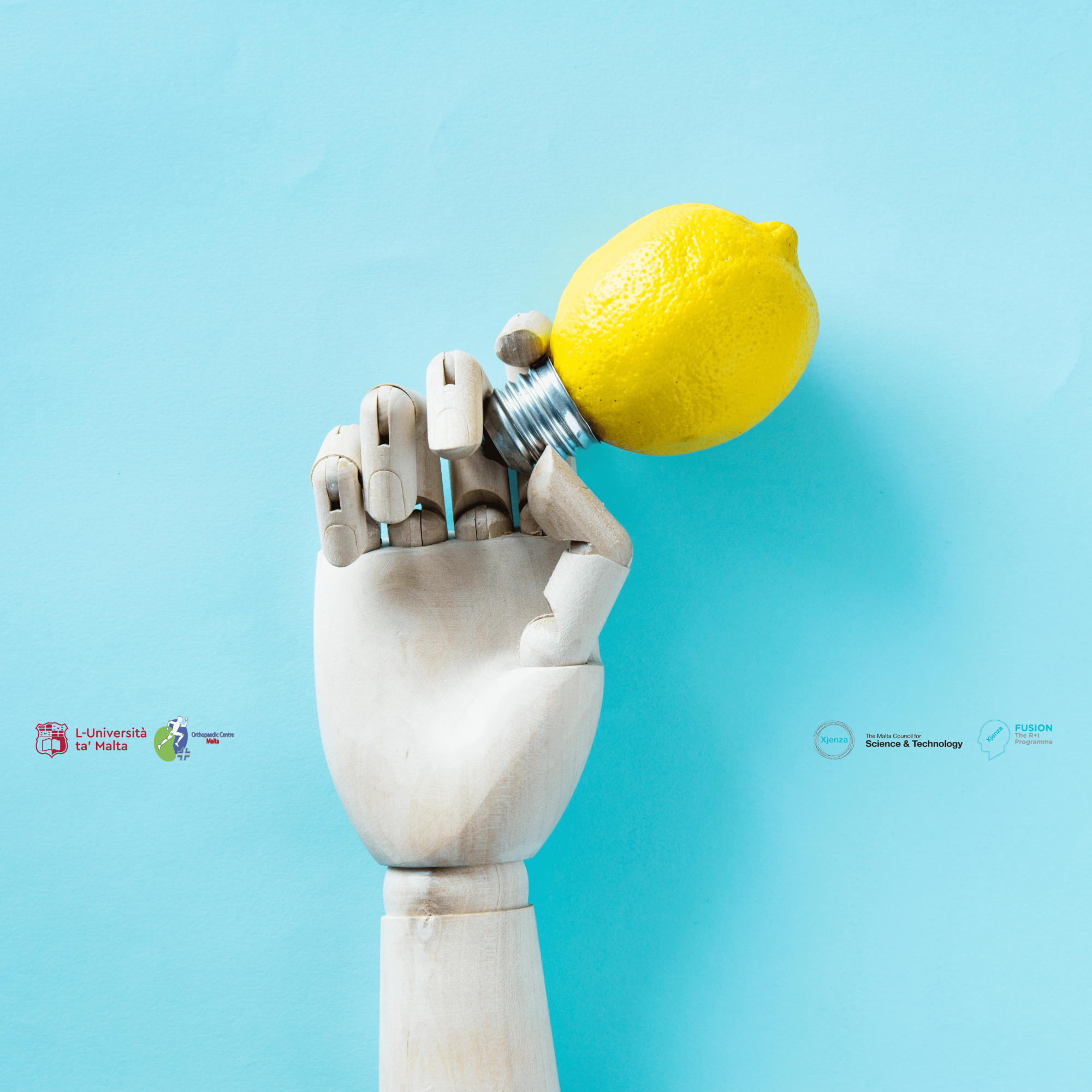A major issue in the development of commercial prosthetic hands is the trade-off between simplicity, dexterity and usability. If the major focus is on simplicity of the overall mechanical/control system (targeting lower cost and higher reliability), this is likely to result in lower dexterity of the mechanical system, as well as lower usability due to poor control of the prosthesis. If the major focus is on system dexterity (targeting increased capability of the hand), this is likely to result in higher complexity (i.e. lower simplicity), as well as reduced usability due to the difficulties encountered by the user in controlling the complex device. If the major focus is on system usability (targeting ease of use by the amputee), this will likely imply a less dexterous device (i.e. reduced dexterity) and a more complex control system (reduced simplicity). The global prosthetic hand market has to date failed to achieve balance between these three attributes within a single device, and the available products can be starkly listed within three distinct categories: aesthetic prostheses (simplicity); open/close functional devices (usability); or complex, expensive and heavy multi-finger prosthetic hands (dexterity). The primary research objective of this work is to carry out a systematic exercise to for the first time seek a practical solution that optimizes this classical trade-off within a single device, by extracting an acceptable and optimum dexterity out of the simplest possible architecture while maintaining high usability of the device. This work builds on previous work carried out at the University of Malta, which has already focussed on (1) preliminary studies of the general trade-off described above; (2) development of artificial dexterous hands that include only the essential features of the human hand; and (3) relating surface electromyography signals on the forearm to finger movement. This work seeks to exploit and extend these results through extensive experimental, analytical, simulation, and design work, to develop a prototype prosthetic hand that is dexterous, relatively simple, light, and convenient to use by the amputee.

MAProHand
Development of the mechanical and control framework for a minimal anthropomorphic prosthetic hand